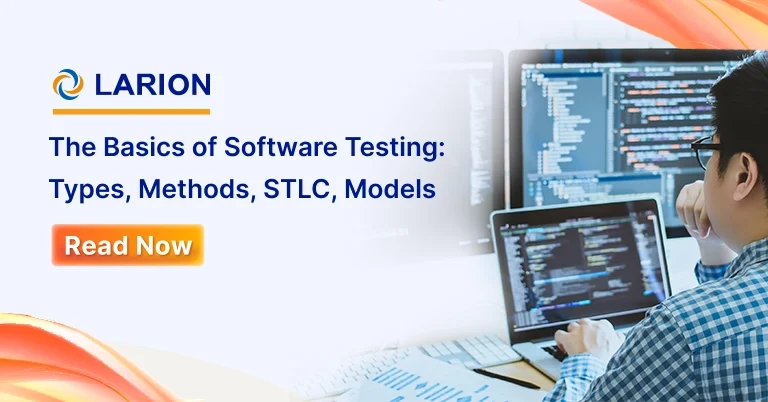If you’re using cloud services, make sure you’re getting the most out of your SLA. Negotiate, collaborate, and be sure to read the fine print.
In an environment powered primarily by SaaS applications and cloud services, the devil is in the details. Cloud and SaaS licensing is one detail that often torments IT teams. Here’s how it works and how to make managing licenses easier.
How Do SaaS and Cloud Licenses Work?
In the old days of IT, software licensing was part of the software purchase itself, paid for as a capital expense up front. Now, as that software is hosted off-premises, it’s often licensed per user, and the cost is part of operating expenses, paid monthly or yearly. There are benefits to this new kind of licensing model: It can be more flexible and based on real-time business needs. If you need to add or drop a group of users, you can often do it for the next month’s billing cycle, rather than wait a year (depending on vendor packaging).
There are two common types of licensing:
- Per-user licensing
- Usage-based licensing
Per-user licensing takes the number of users of an application at face value — so the 10 employees in finance get 10 licenses, one for each of them to use. Many vendors will create packages of users that scales for large enterprises by costing less per user for larger groups of users. Some licenses also allow for multiple installs per license to afford customers the option of putting the software on a home computer and work computer (typical of content-creation software).
Scaling to use licensing is good for infrastructure, like AWS, because you can pay for just what you need. The downside is that you pay for inconsistency — so you may not need every cloud instance every month, but you still pay for them unless you have auto-scaling in place. Usage-based models can allow companies to better react to changes in their company size or need.
How Not to Waste Money With SaaS Licensing
When it comes to SaaS licensing, the worst-case scenario is that you’re paying for licenses you aren’t actually using. It happens really easily. For example, if an entire department switches to a new app, or a company cuts some workers, their licenses can easily be left unused and forgotten. Keep these tips in mind to avoid wasting money on SaaS licenses.
- Read the fine print: The fine print will also be important. Ideally, user licenses will be clear about how users can be added or deleted and what each user can do with the license they have. While there’s a lot that is easier for IT when it comes to SaaS and cloud, there’s a new management element that’s important to tackle. Think of SaaS like a utility, where you’re paying only for how much you use on a monthly basis. There are cases where a little bit of excess is important so that scaling up does not require a call to the SaaS vendor.
- Collaborate: SaaS licensing success may also depend on other departments, such as finance, procurement, and HR. It’ll help your overall IT planning if you know when employees get hired or leave the company and what apps they’re associated with.
- Read your licensing agreement carefully, and negotiate: Whether or not you are the department that handles contracts, you will need to know the details for any service-level agreements (SLAs) that have been signed. When you contact support, you may need to know what level of support you have or any other details that could help resolve an issue.
Finally, ask your sales representative to explain the licensing in depth. If they can’t, it’s likely more complicated than you expect.
Finally, ask your sales representative to explain the licensing in depth. If they can’t, it’s likely more complicated than you expect.
Link:





